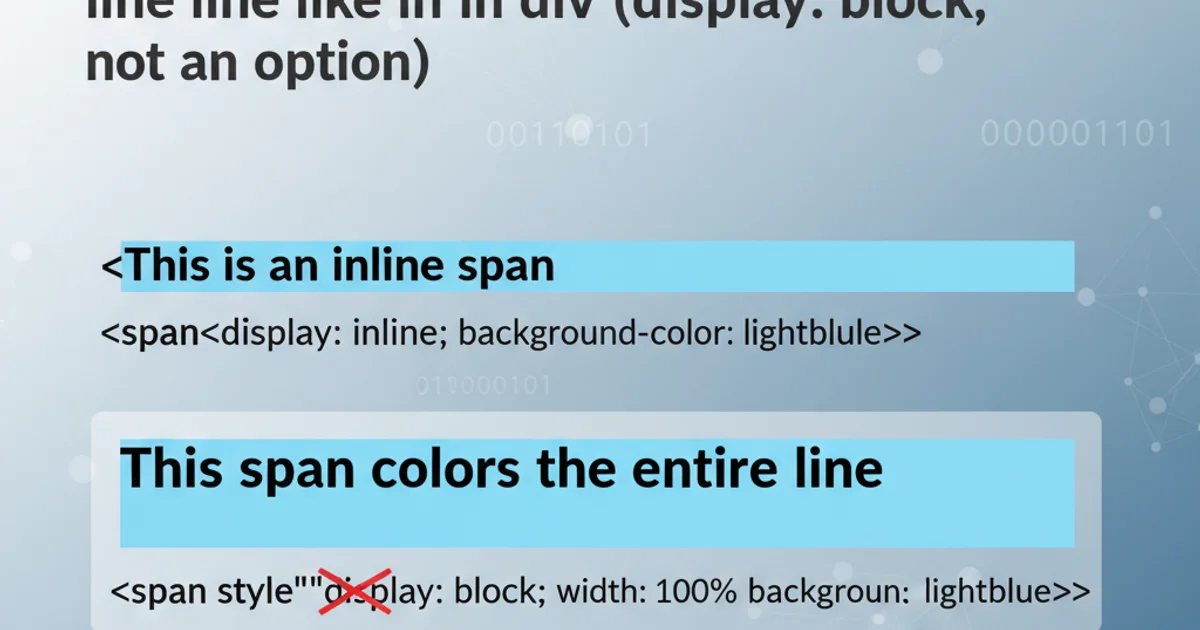Is 418 "I'm a teapot" really an HTTP response code?
Categories:
The Curious Case of HTTP 418: Is 'I'm a teapot' a Real Error Code?

Explore the origins, purpose, and surprising persistence of the HTTP 418 'I'm a teapot' status code, a whimsical anomaly in the world of web protocols.
When dealing with web development, you'll inevitably encounter HTTP status codes. These three-digit numbers are crucial for understanding the outcome of a client's request to a server. They range from informational (1xx) to successful (2xx), redirects (3xx), client errors (4xx), and server errors (5xx). Among the hundreds of defined codes, one stands out for its sheer absurdity: 418 I'm a teapot. This article delves into the history and implications of this peculiar status code, examining whether it's a legitimate part of the HTTP specification or merely a developer's inside joke.
The Birth of a Teapot: HTCPCP and RFC 2324
The 418 I'm a teapot status code isn't a random invention; it originates from a legitimate, albeit satirical, RFC. On April 1, 1998, RFC 2324, titled "Hyper Text Coffee Pot Control Protocol (HTCPCP/1.0)", was published. This RFC described a protocol for controlling coffee pots, including methods for brewing coffee, adding condiments, and even handling errors specific to coffee brewing. The 418 status code was defined within this RFC to indicate that a server, when asked to brew coffee, was actually a teapot and therefore incapable of fulfilling the request.
flowchart TD
A[Client Request] --> B{Server Type?}
B -- Is it a Coffee Pot? --> C{Brew Coffee Request?}
C -- Yes --> D[Brew Coffee (200 OK)]
C -- No --> E[Other HTTP Response]
B -- Is it a Teapot? --> F[HTCPCP Request?]
F -- Yes --> G["Return 418 I'm a teapot"]
F -- No --> EDecision flow for an HTCPCP server encountering a brewing request.
While RFC 2324 was clearly an April Fools' Day joke, it was written with the same rigor and detail as any other serious RFC. This formal presentation is part of what gives the 418 code its enduring charm and occasional confusion. It highlights the flexibility and extensibility of the HTTP protocol, even if that flexibility is sometimes used for humor.
Is it a 'Real' HTTP Status Code?
Technically, 418 I'm a teapot is not part of the official HTTP/1.1 specification (RFC 7231) or subsequent updates. The IANA (Internet Assigned Numbers Authority), which maintains the official registry of HTTP status codes, does not list 418 as a standard code. However, its inclusion in a formal RFC, even a satirical one, has given it a unique status. Many web frameworks and libraries have unofficially implemented support for it, often as an Easter egg or a nod to its history.
418 is fun, avoid using it in production systems for actual error handling. Stick to standard 4xx client error codes like 400 Bad Request, 403 Forbidden, or 405 Method Not Allowed for meaningful communication with clients.Practical (and Impractical) Uses
Despite its unofficial status, 418 has found its way into various contexts:
- Developer Humor: It's a popular inside joke among developers and a common response for April Fools' Day pranks or hidden Easter eggs in applications.
- Proxy Blocking: Some web proxies or firewalls have been known to return
418when they detect suspicious or disallowed requests, effectively saying, "I'm not a web server, I'm a security device, and I won't fulfill that request." - Testing and Mocking: Developers might use
418in testing environments to simulate unusual server responses or to verify how their client-side code handles unexpected status codes. - Anti-abuse Measures: In rare cases, it has been suggested as a way to subtly indicate that a client is behaving in an unexpected or abusive manner, without explicitly blocking them with a
403or429.
from flask import Flask, abort
app = Flask(__name__)
@app.route('/brew')
def brew_coffee():
# Imagine this server is actually a teapot
abort(418, description="I'm a teapot")
@app.route('/')
def index():
return "Welcome to the server! Try /brew"
if __name__ == '__main__':
app.run(debug=True)
A simple Flask application demonstrating how to return a 418 status code.
The 418 I'm a teapot status code serves as a delightful reminder of the human element in technology. It's a testament to the fact that even in the most structured and standardized environments, there's room for creativity, humor, and a bit of absurdity. While you shouldn't rely on it for serious error handling, its existence enriches the lore of the internet and provides a chuckle for those in the know.